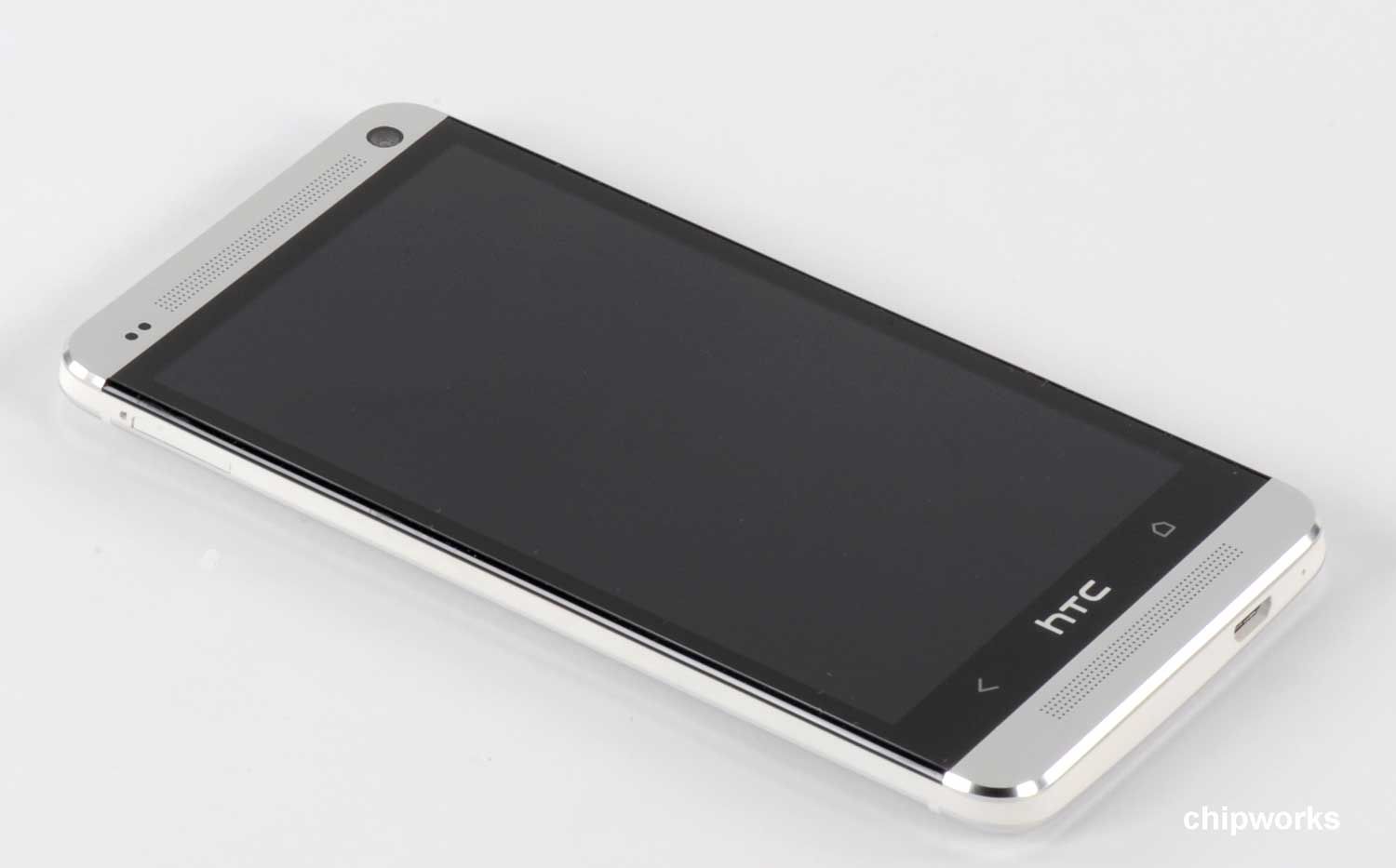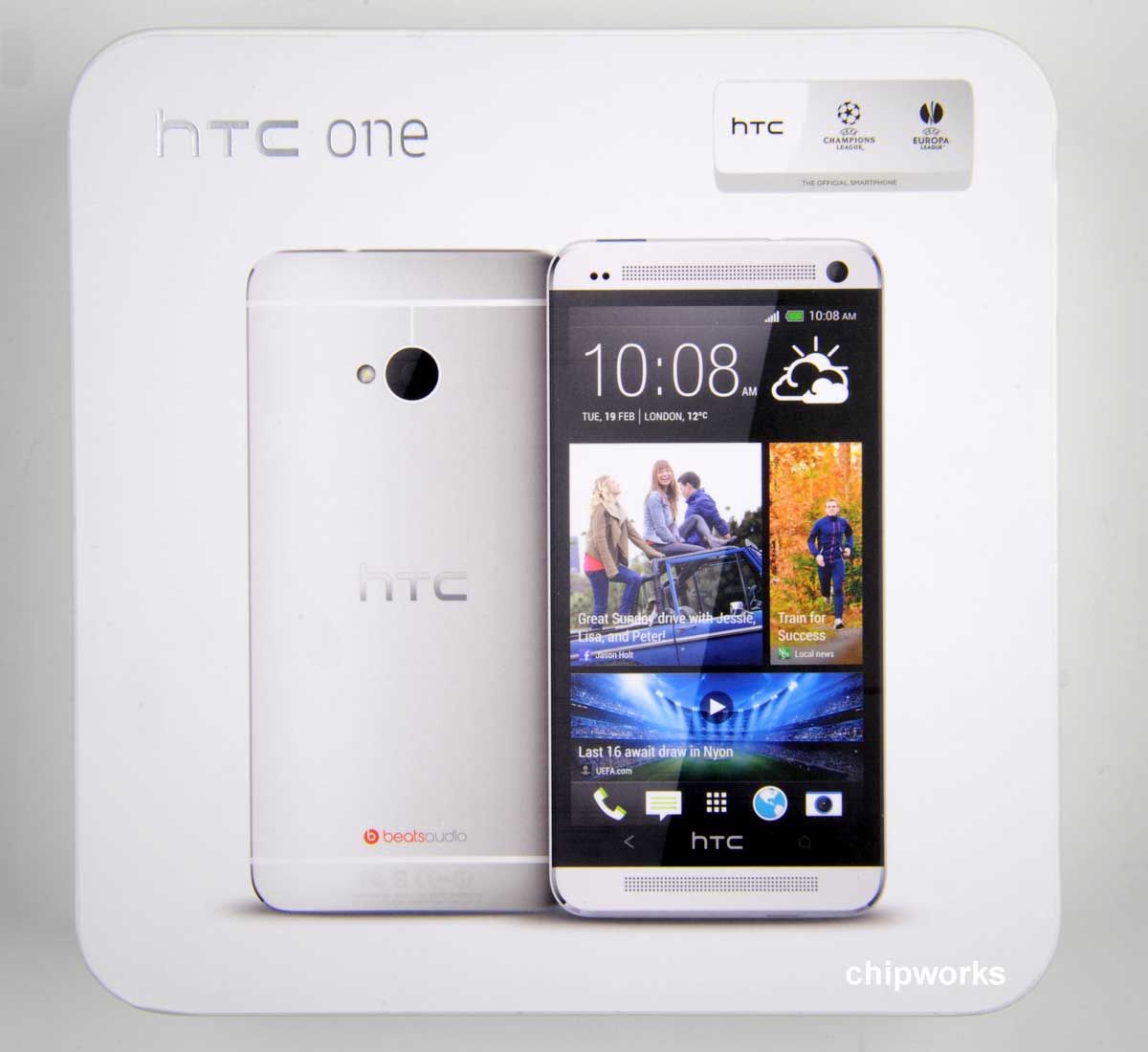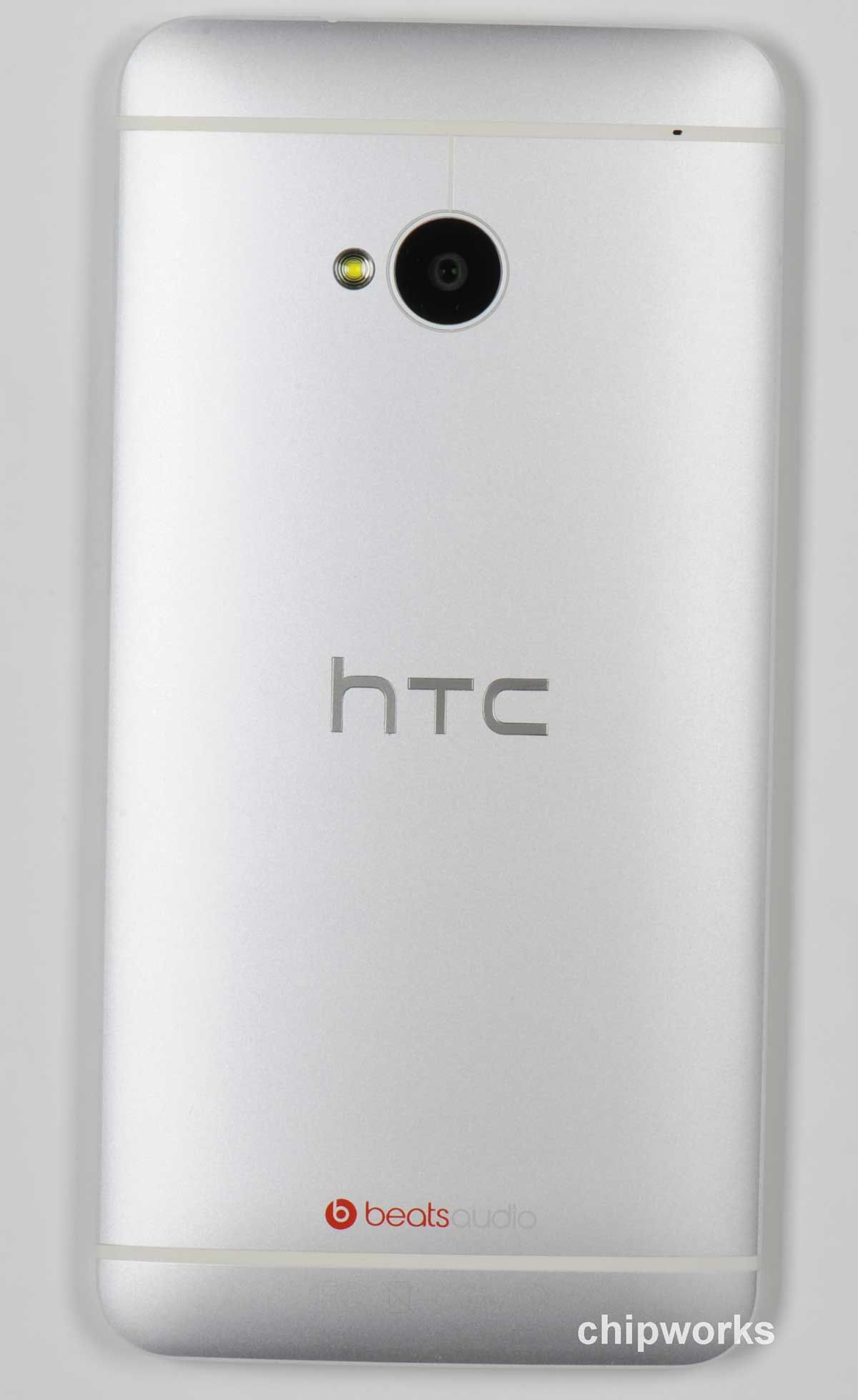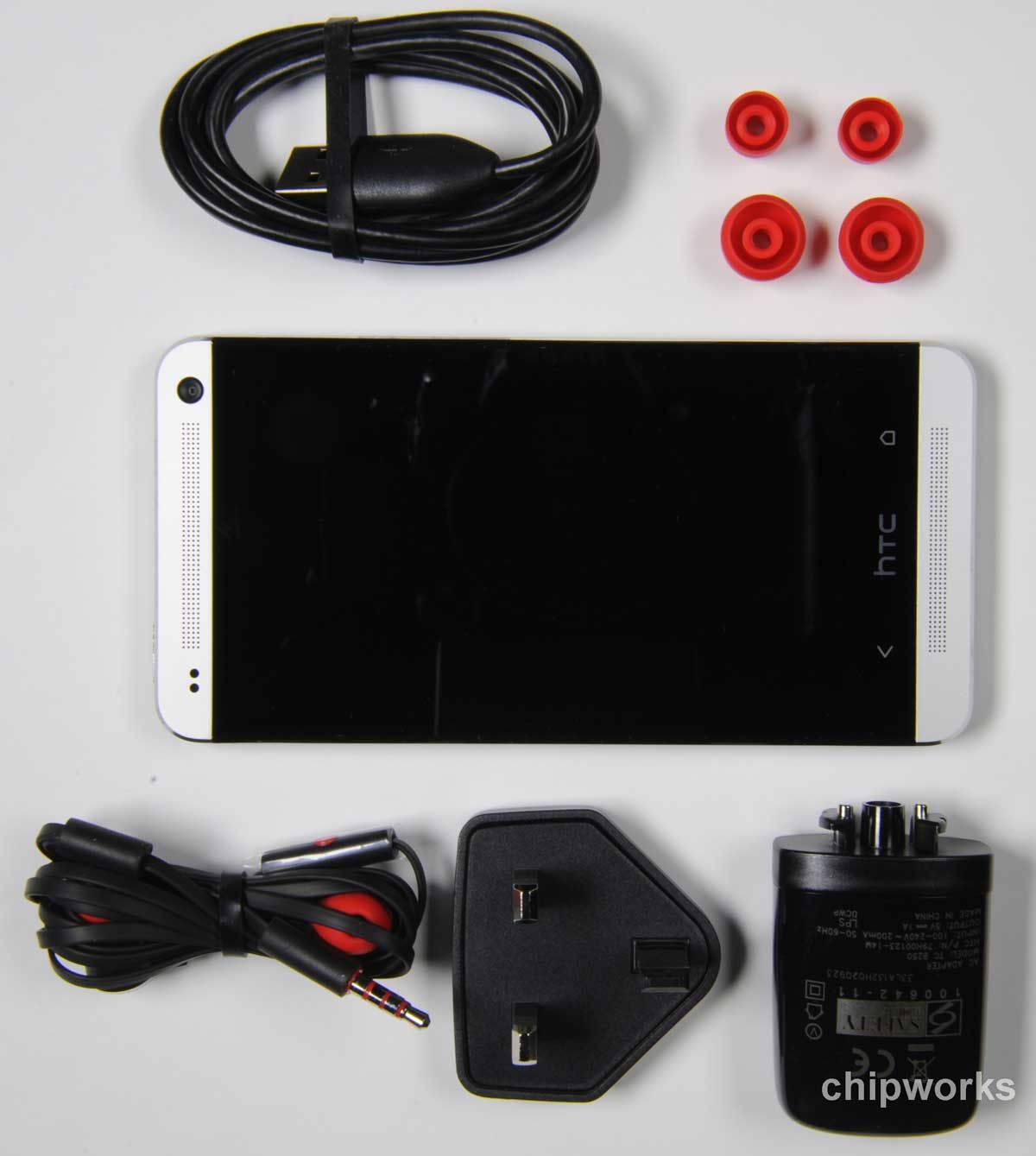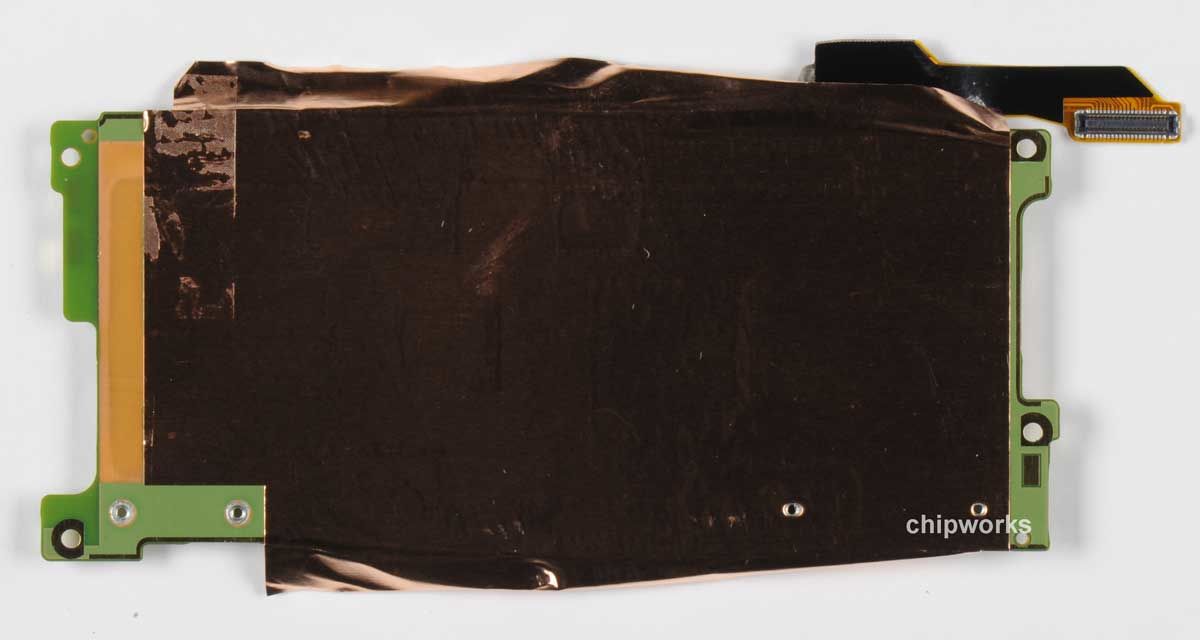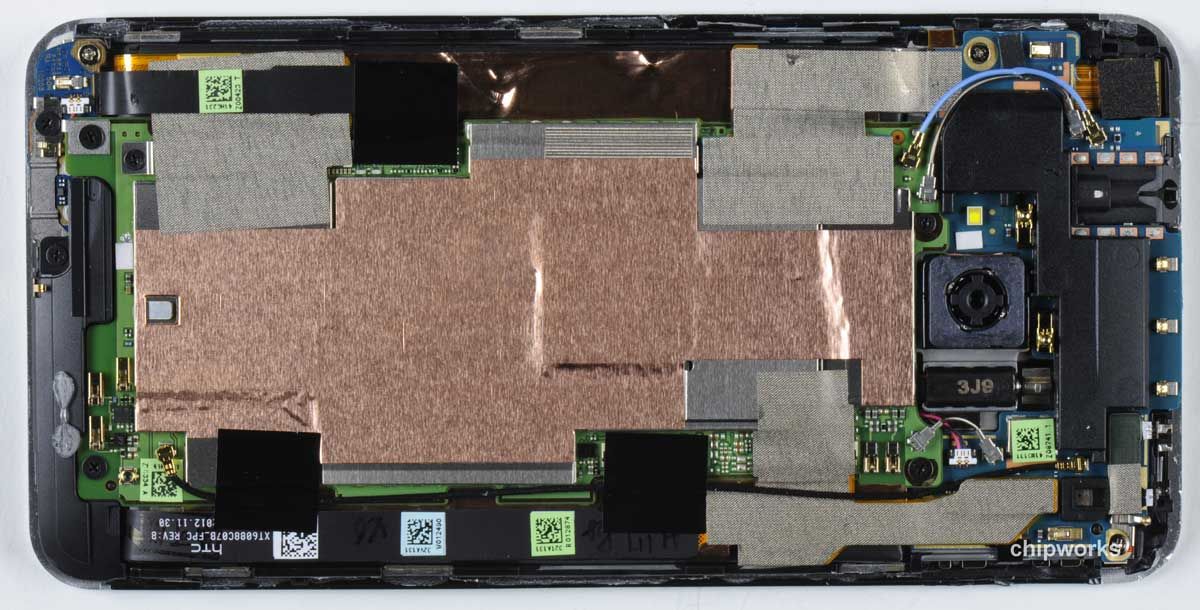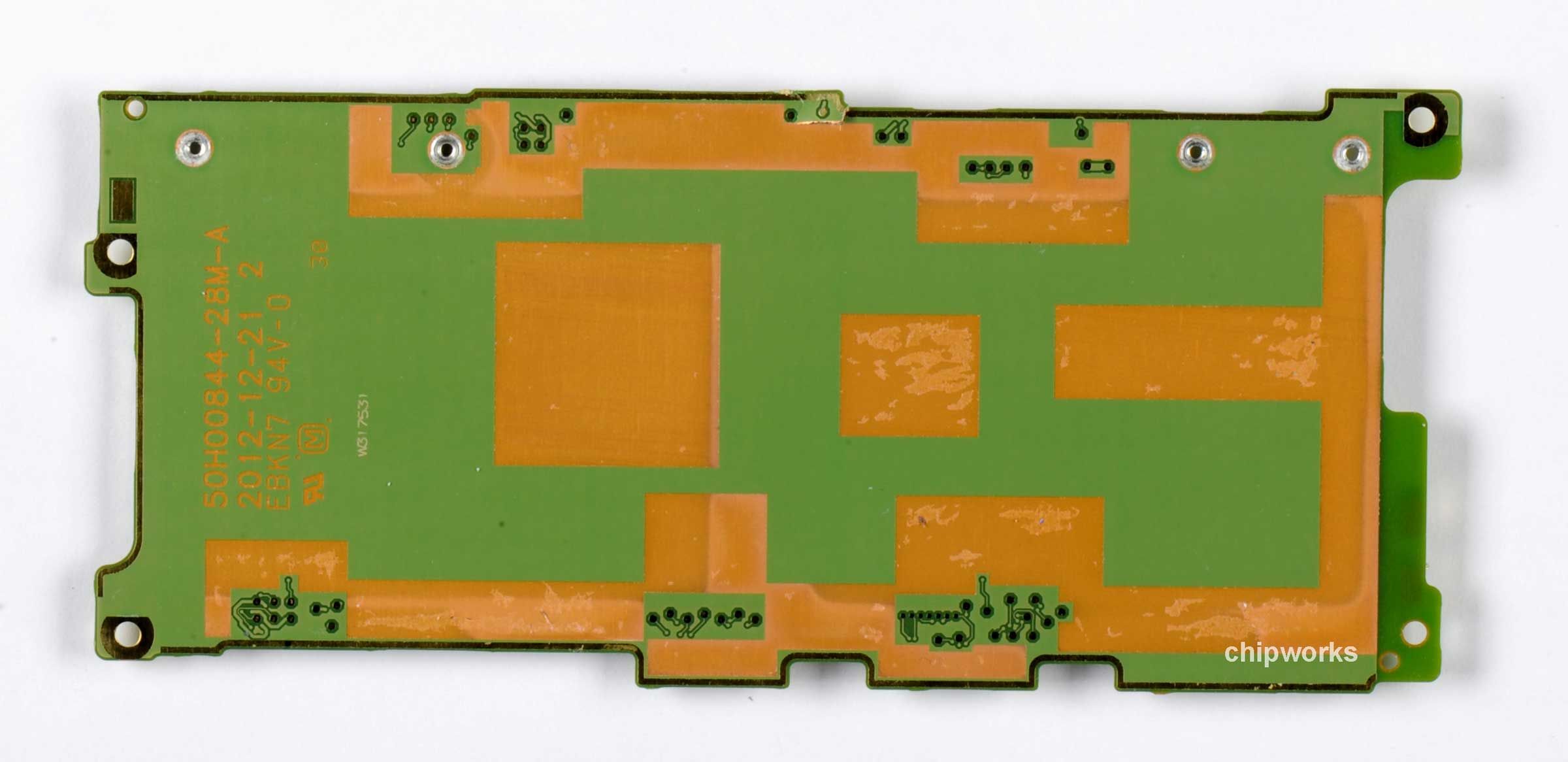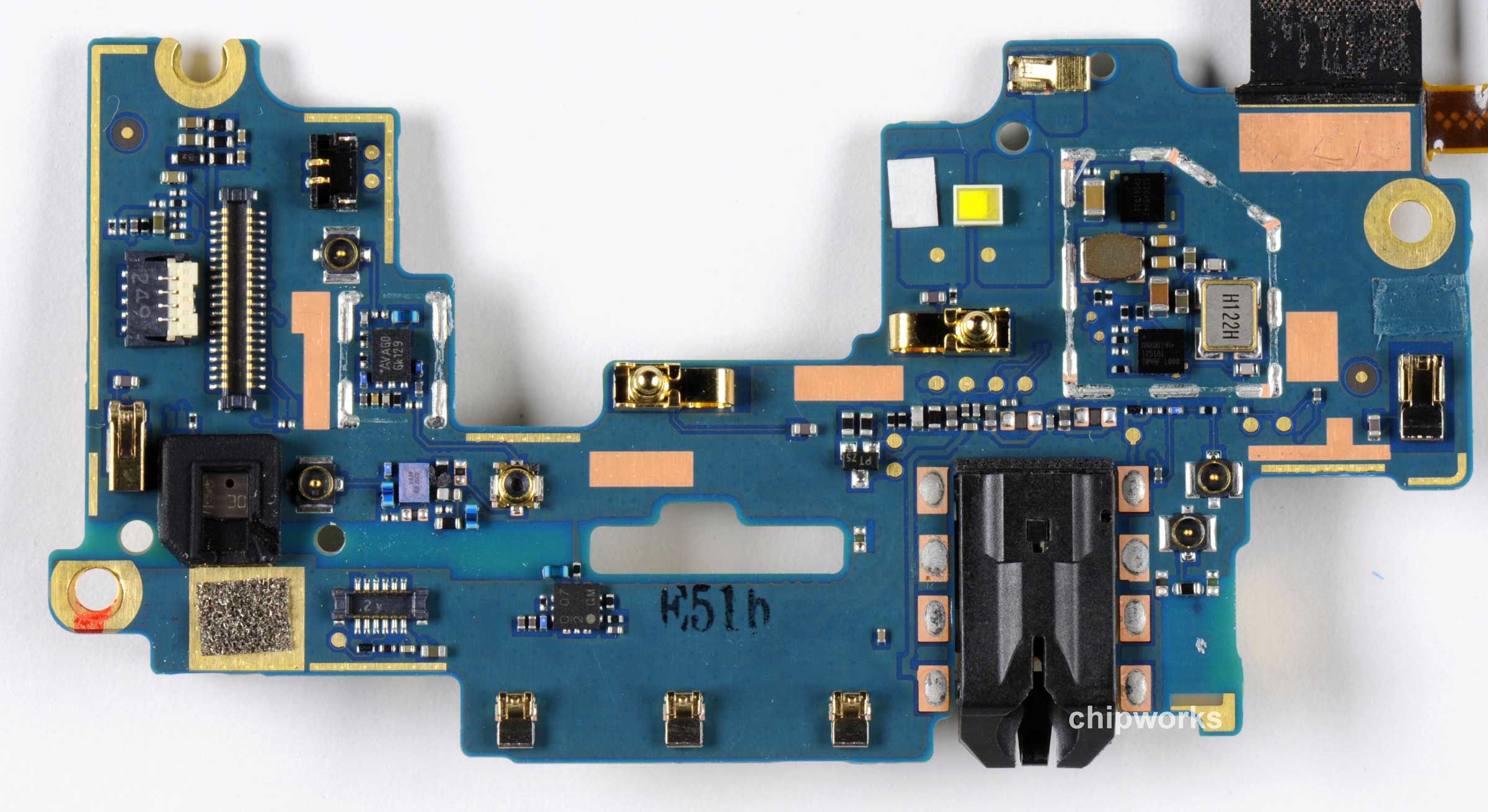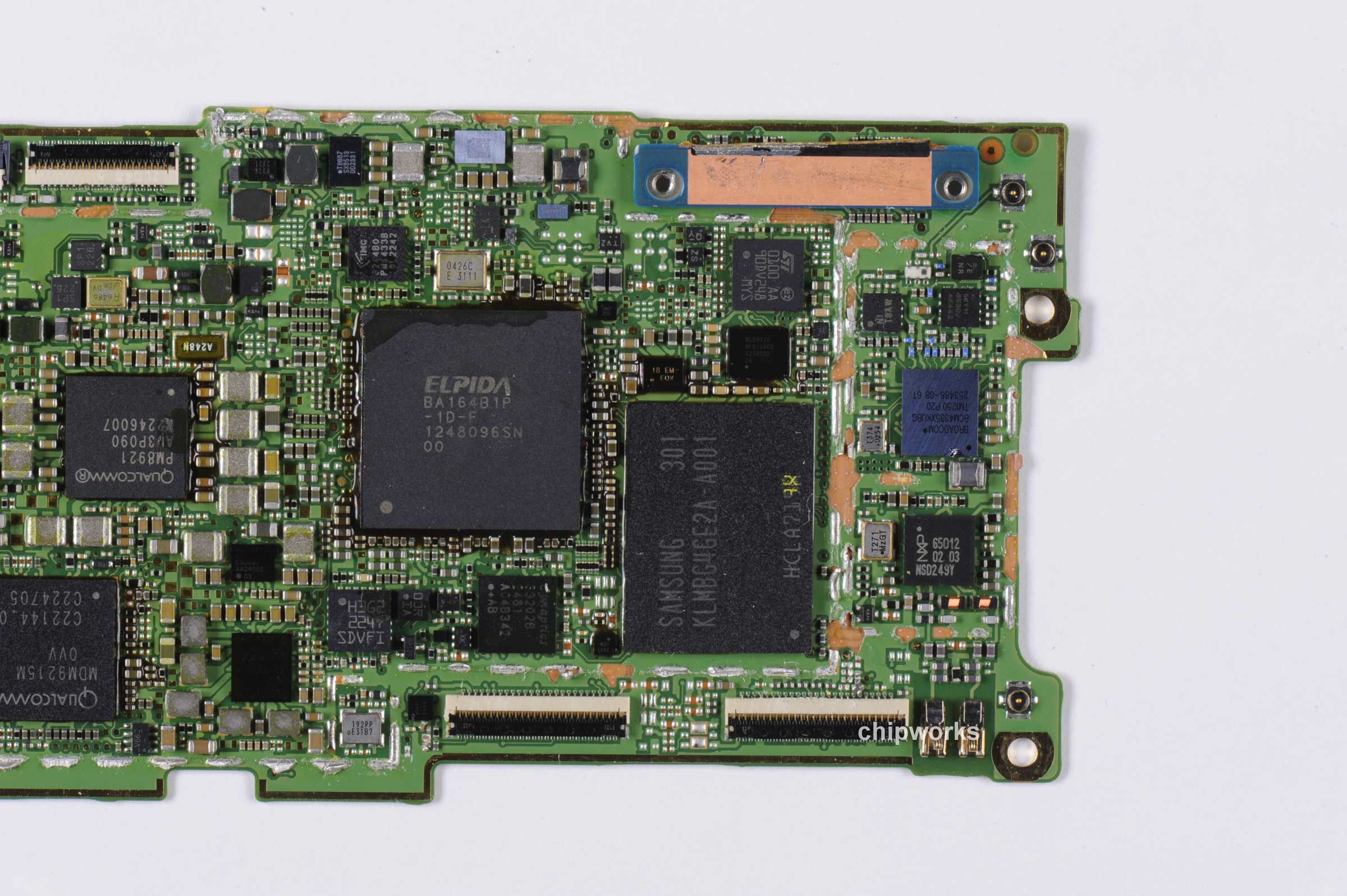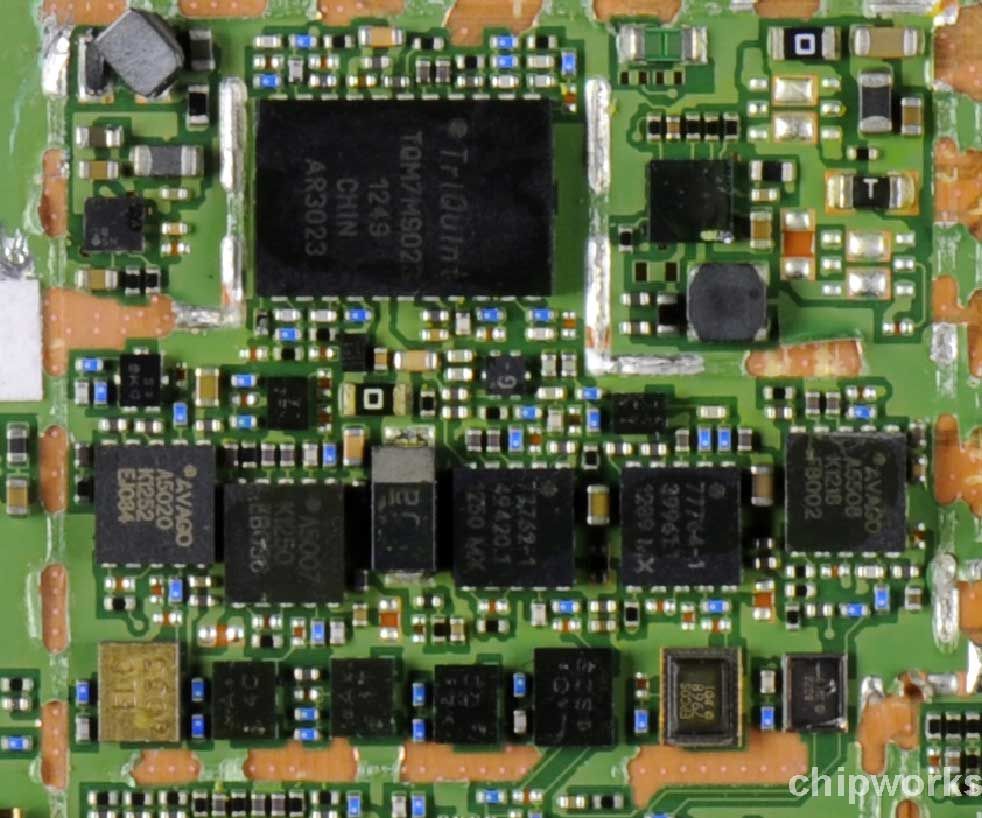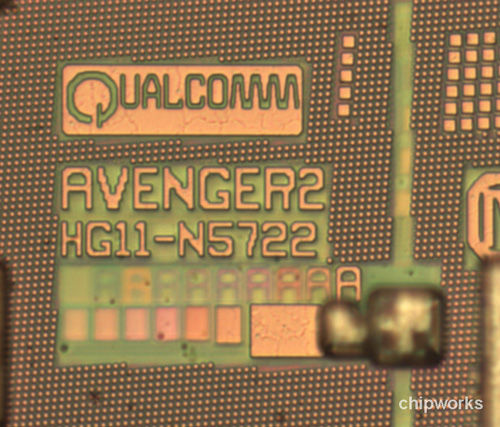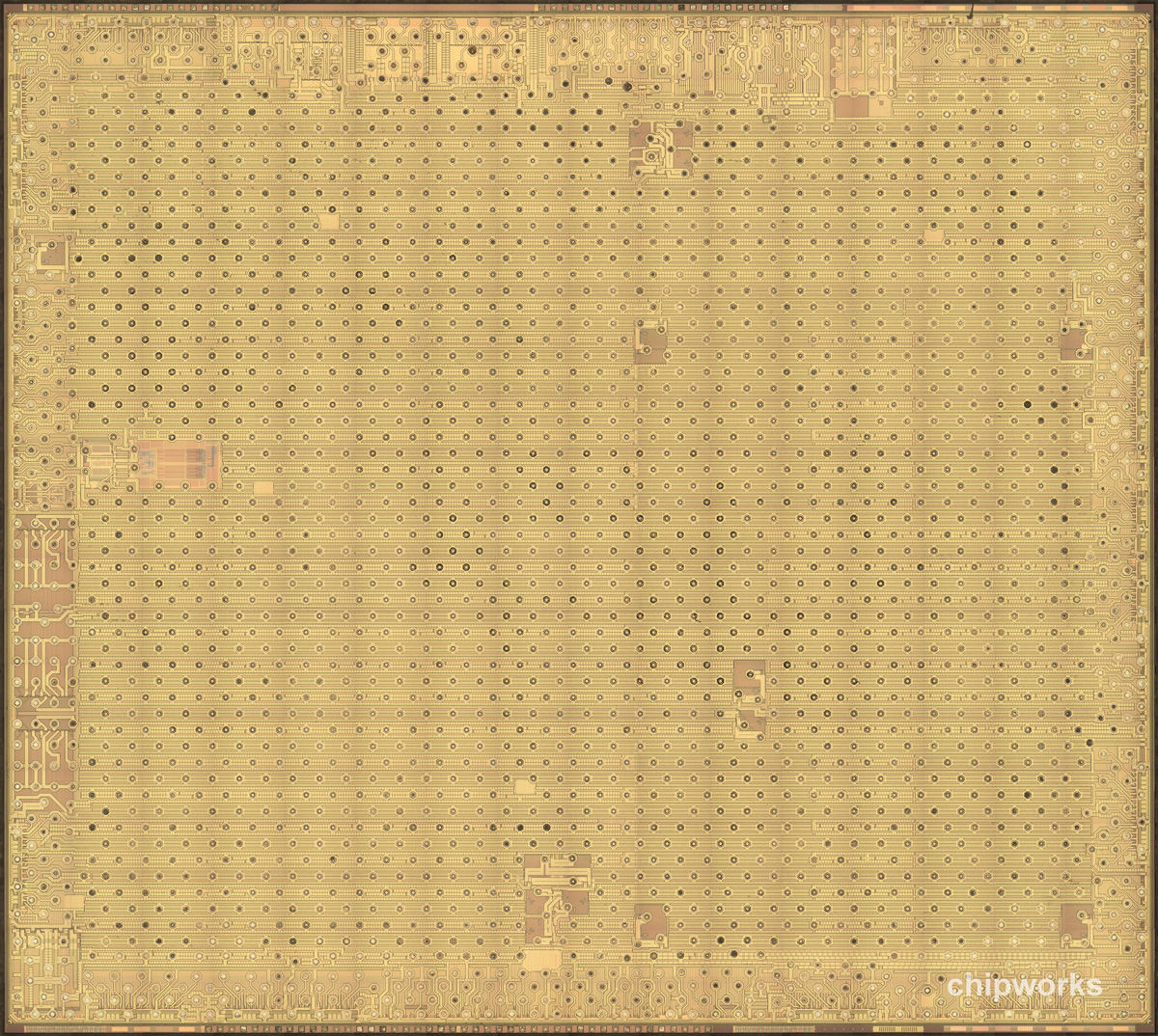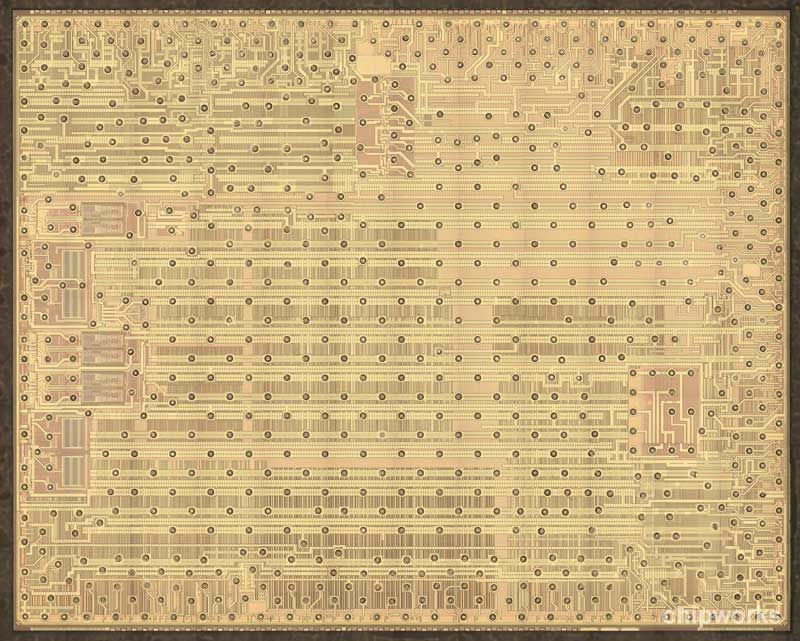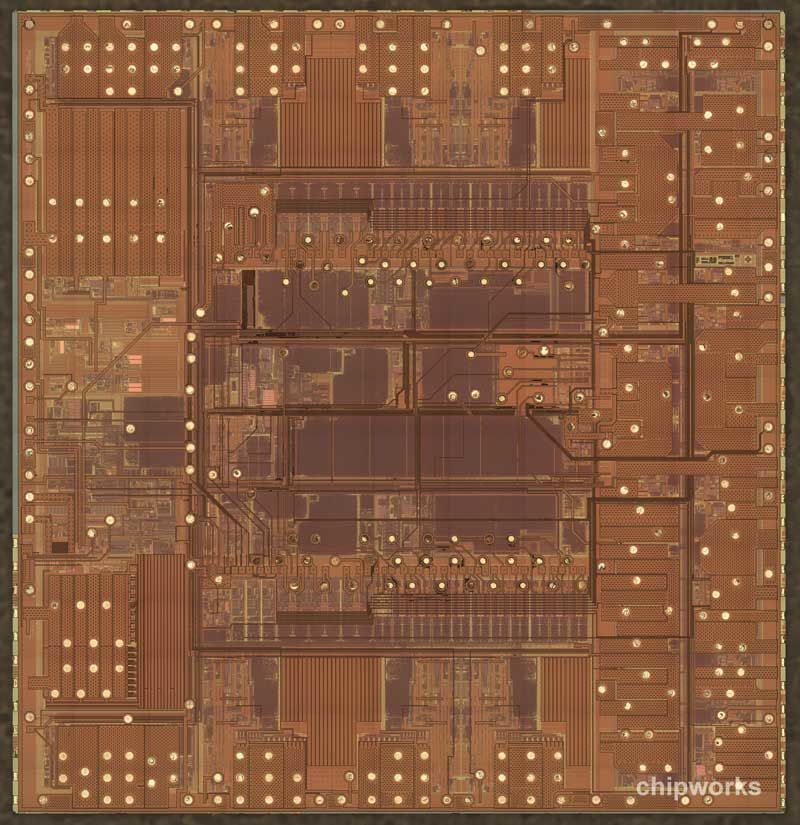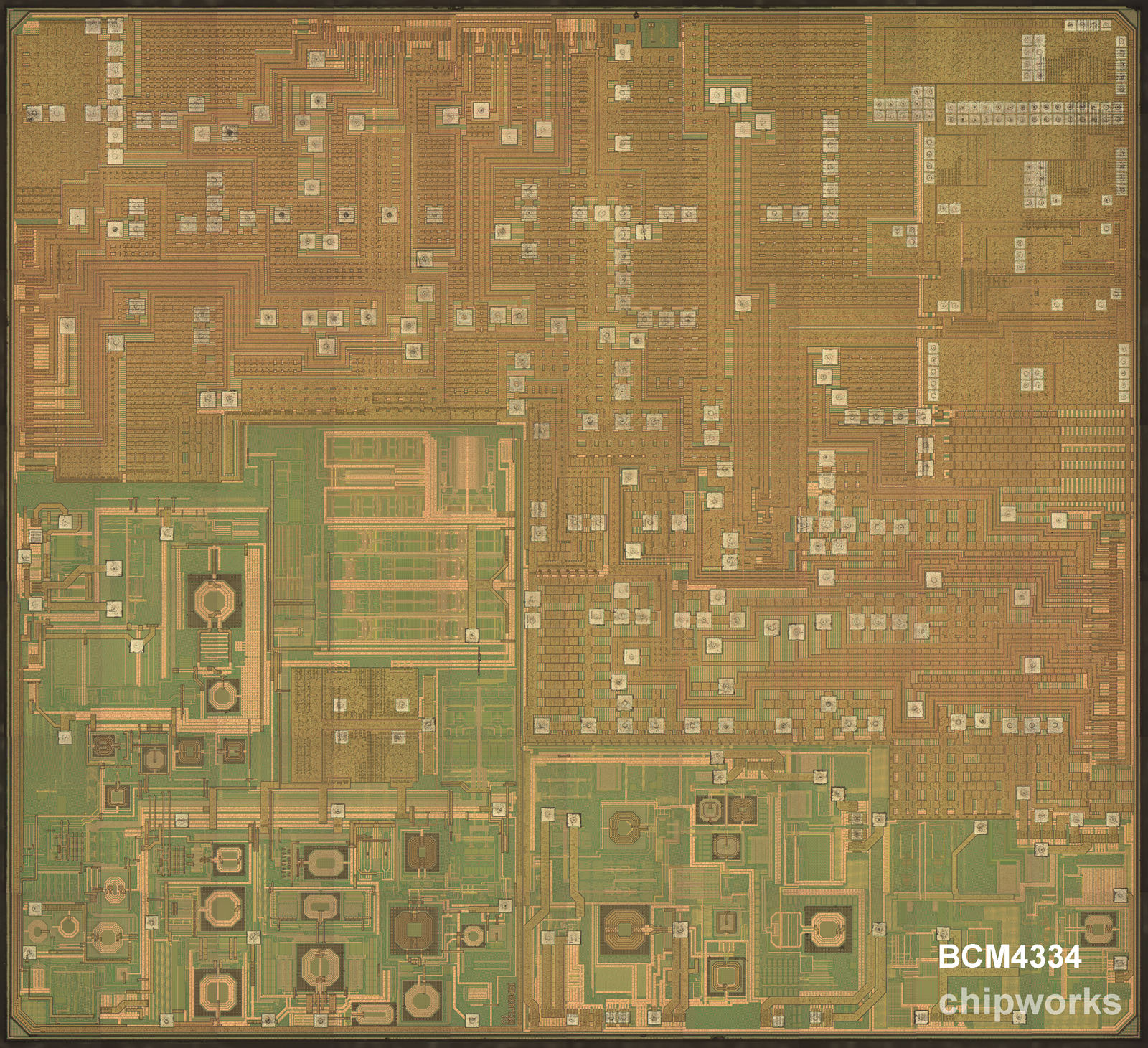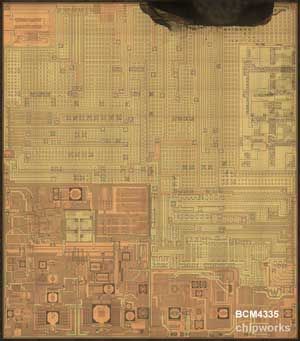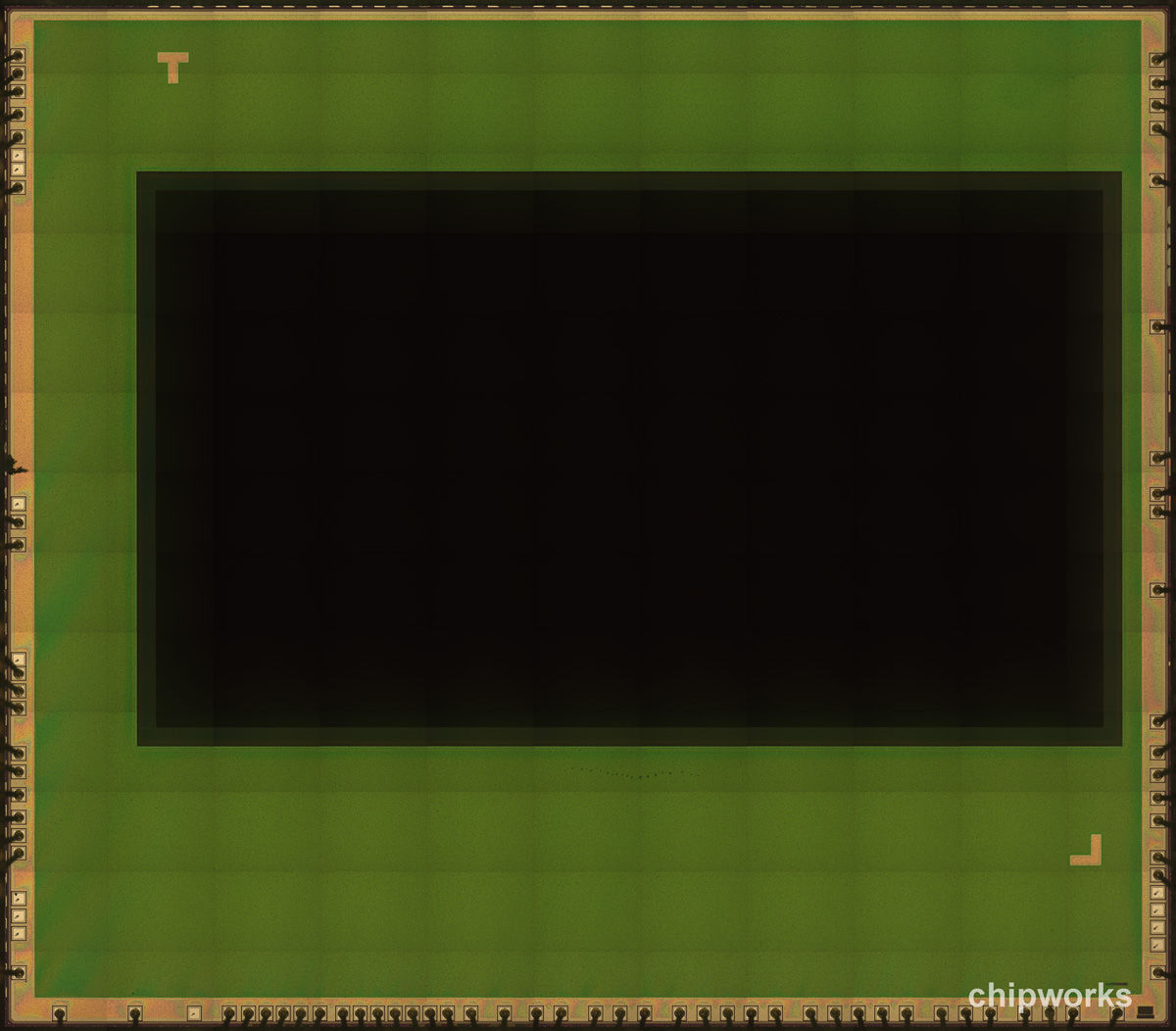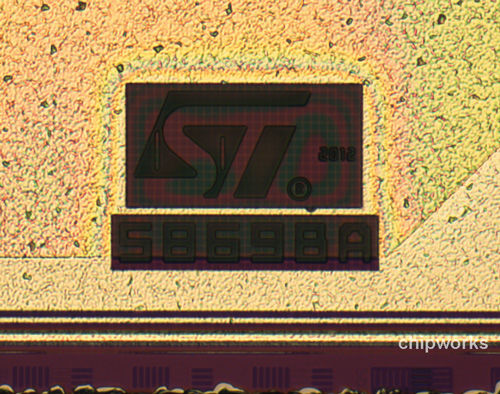Posted: March 28, 2013
Before entering the teardown lab we take 20-30 minutes with each phone. We aren't talking about running benchmarks in Passmark or Antutu, but simply getting our impressions. While we took some time with it at the Mobile World Congress, having it in house without the fancy booth and shiny lights gives us a better impression. For HTC, who has been losing ground, this flagship phone seems to be ready to help them bounce back. It is very nicely designed, good weight, fluid screen, and a feeling of solidity. Featuring a 4.7" screen, Snapdragon 600 clocked at 1.7 GhZ, and 2 GB of DDR2.
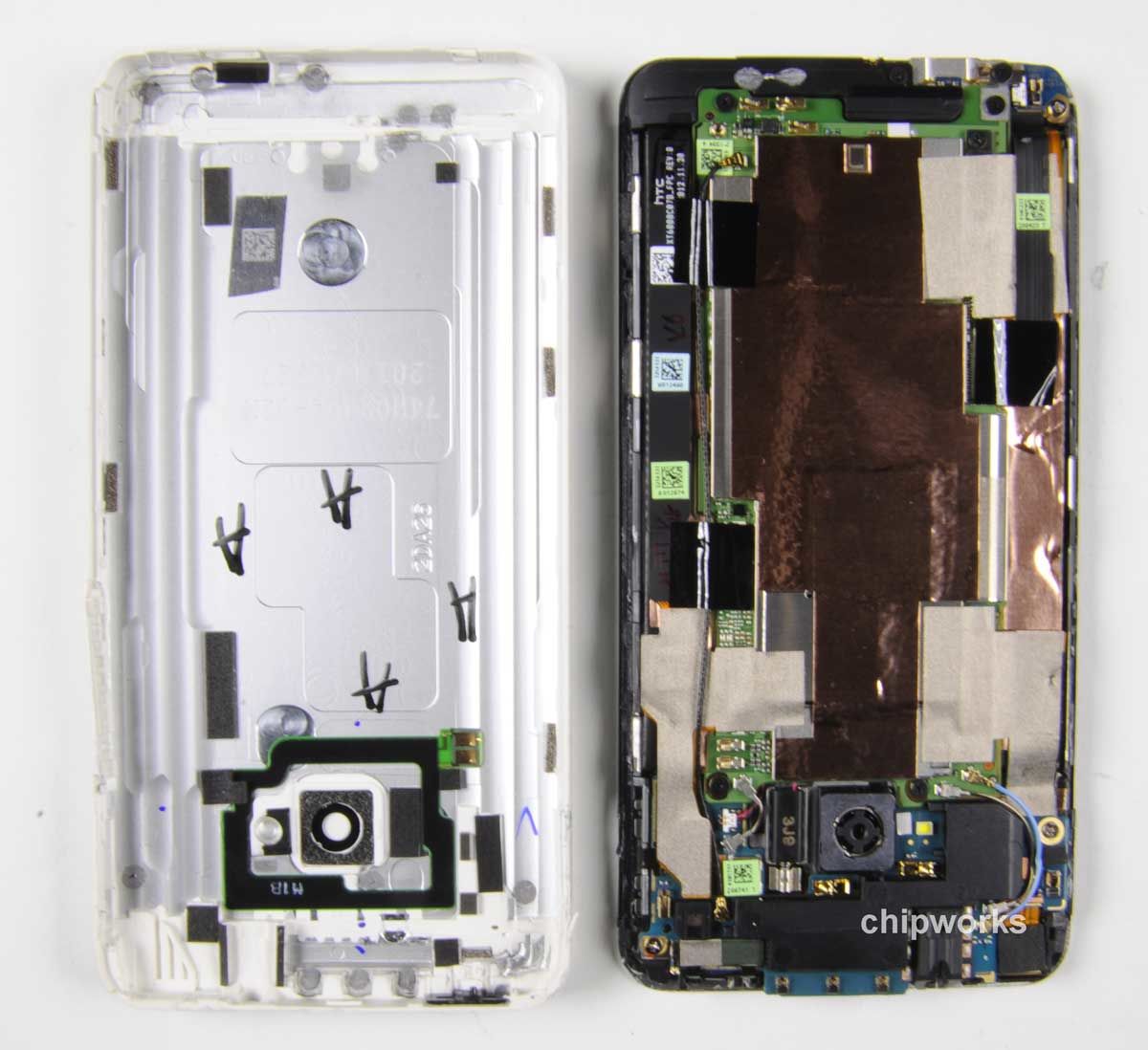
HTC One Teardown
The Back off the HTC One
Okay - we're saying it. On the inside, this thing isn't a looker. The lesson that you can learn from going with a larger screen seems to be that you have more space to implement an "old school" one-sided board and copious amounts of tape and still have room for the 2300 mAh battery. On the plus side, as we dig in the board has all its functional areas nicely organized for us.
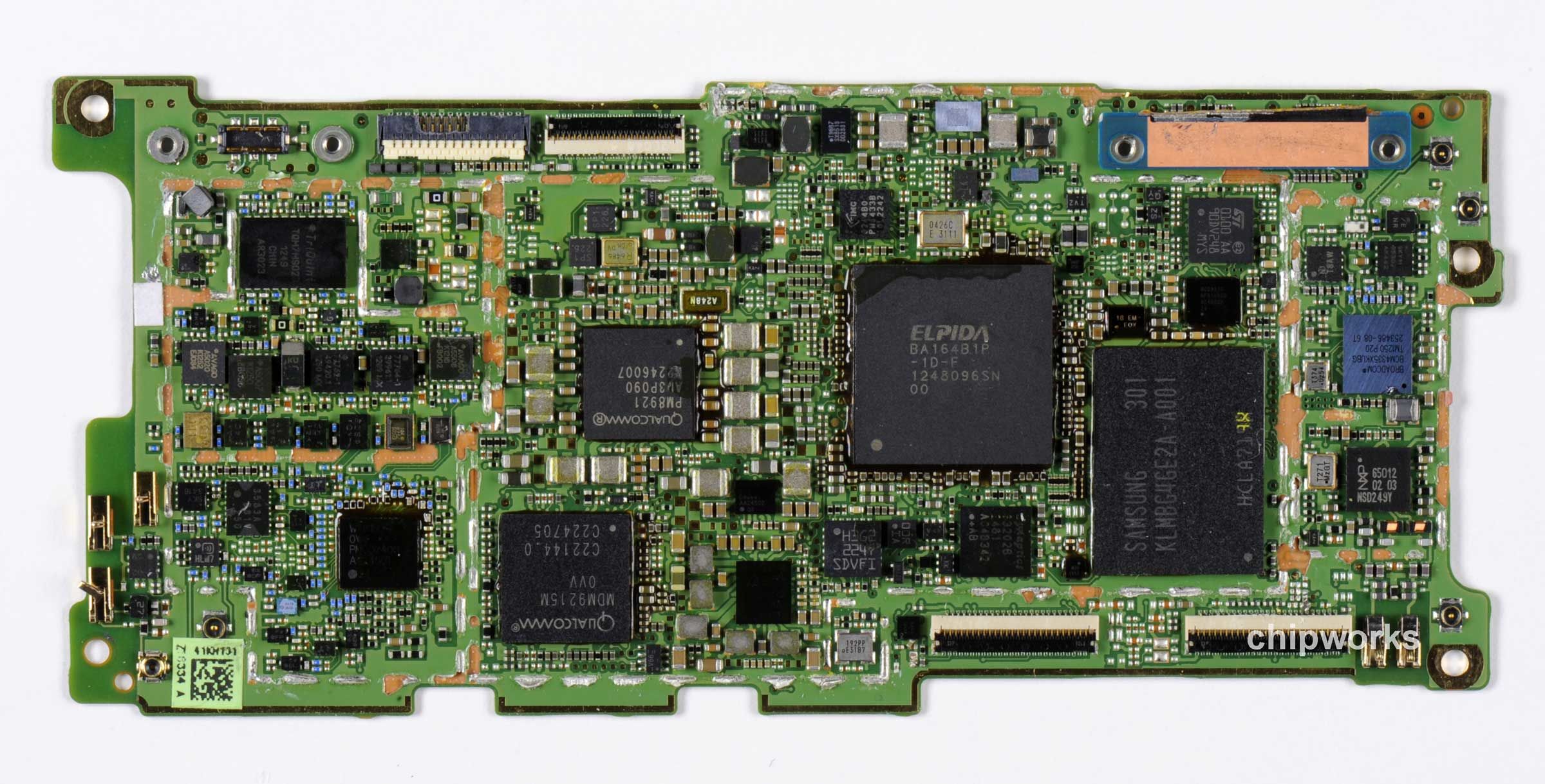
Inside
Cataloging the Design Wins
- Synaptics 32028 Touch Screen Controller (based on part number it appears to be the ClearPad 3200 series)
- NXP 650121 Near-Field Controller (confirmed to be the PN544)
The front end is courtesy of a number of (primarily) Avago devices. The devices identified include: Avago A5508, Avago A5020, Avago A5007, and the Triquint TQM7MS02. Over on the wifi side of things we have identified a Skyworks 85302-11 2.4 GhZ WLAN/BT Front End Module.
Also present are the Skyworks 77762 and 77764 front end chips.
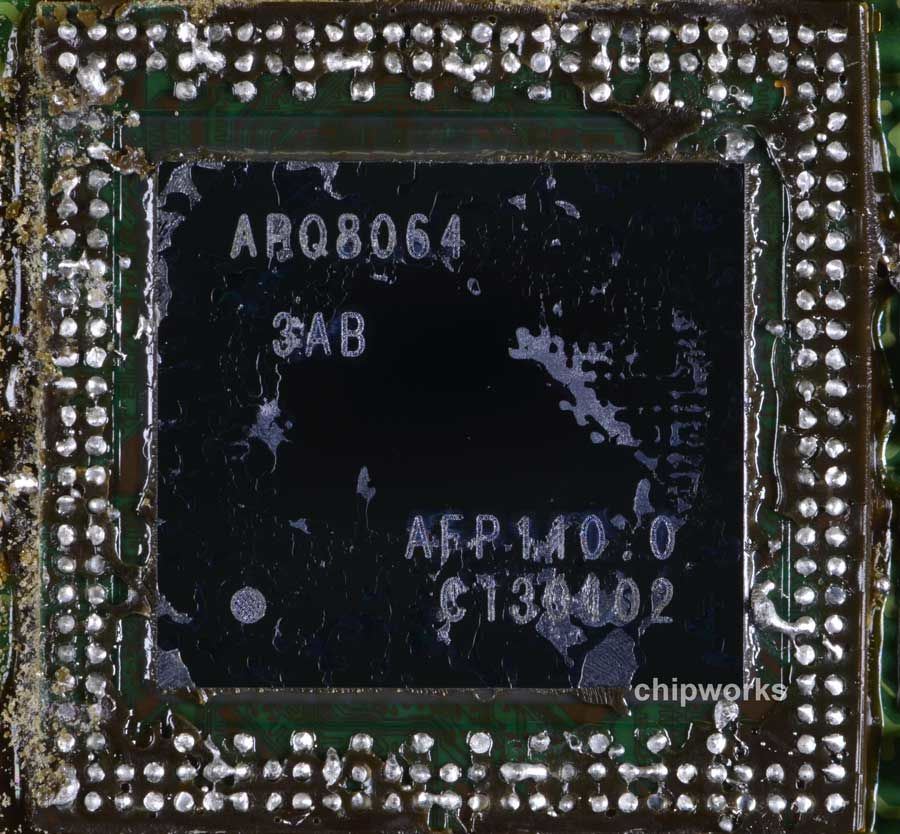
Qualcomm Chipset
The Qualcomm Chipset
At right we see the Qualcomm applications processor package (with Elpida EDBA164B1P DRAM) markings with APQ8064 on it. This is the same markings as the S4 variant and no "T" present as one might expect from the published part numbers (see wikipedia).A depot of the device shows that the Snapdragon 600 has some subtle differences from the S4 in the top metal. It also has "Avenger2" die marks versus "Avenger" as we have seen in the past. However, the device is the same 28 nm, 9.92 mm x 8.88 mm die with a higher clock speed . This won't be a surprise to most, but is documented here for those who may not have known.At right we are also showing the MDM9215 modem (2 chip package with the Shelby processor fabricated on Samsung 28 nm LP CMOS line and a Samsung DRAM for LTE support) and the PM8921 PMIC. There are also a PM8018 PMIC and a WTR1605L RFIC to back up the MDM9215. And finally, we have the Qualcomm WCD9310 Audio Codec (not shown).
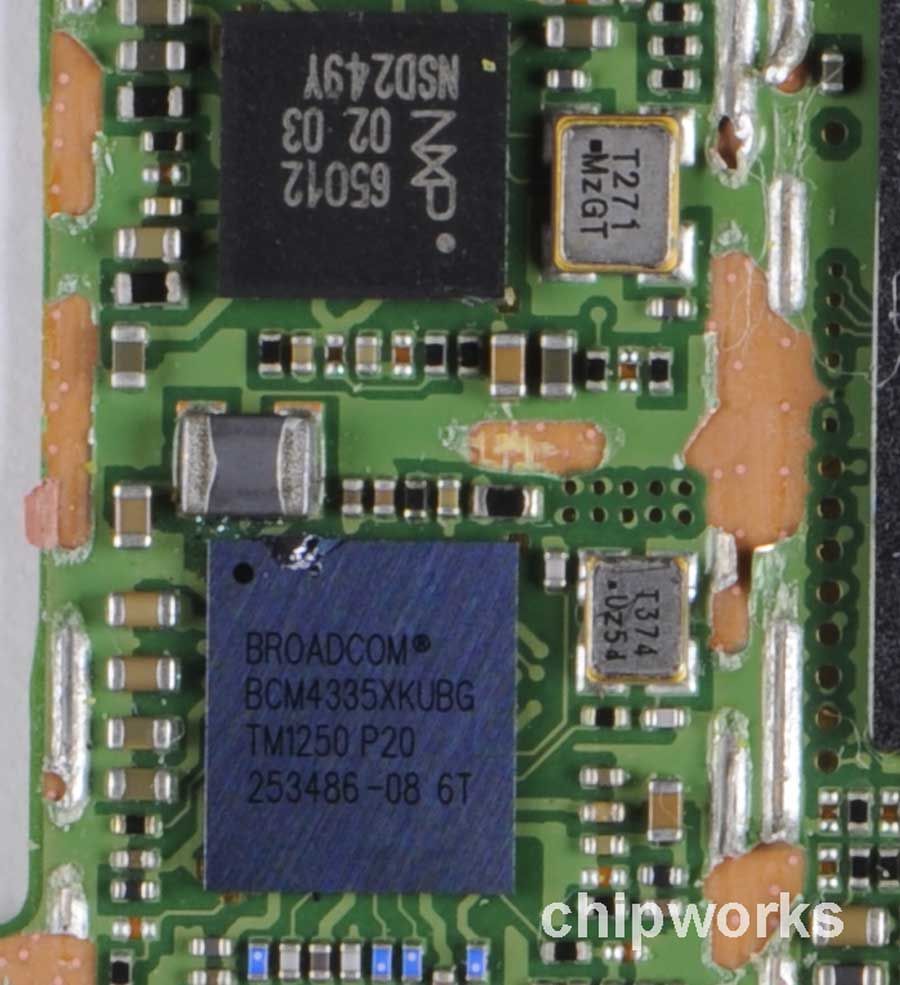
Broadcom BCM4335
Broadcom BCM4335!
Broadcom - perennial leader in WiFi SoCs is here with a brand new BCM4335. The exclamation mark we put in the title above aside, we do admit that this is not *that* much of a surprise since the HTC One specification sheet sports the 802.11 ac designation. The device supports all the same standards as the BCM4334 and is fabricated at the same 40 nm generation. A high res. die photo of the BCM4334 and low res. die photo of the BCM4335 are shown at right.
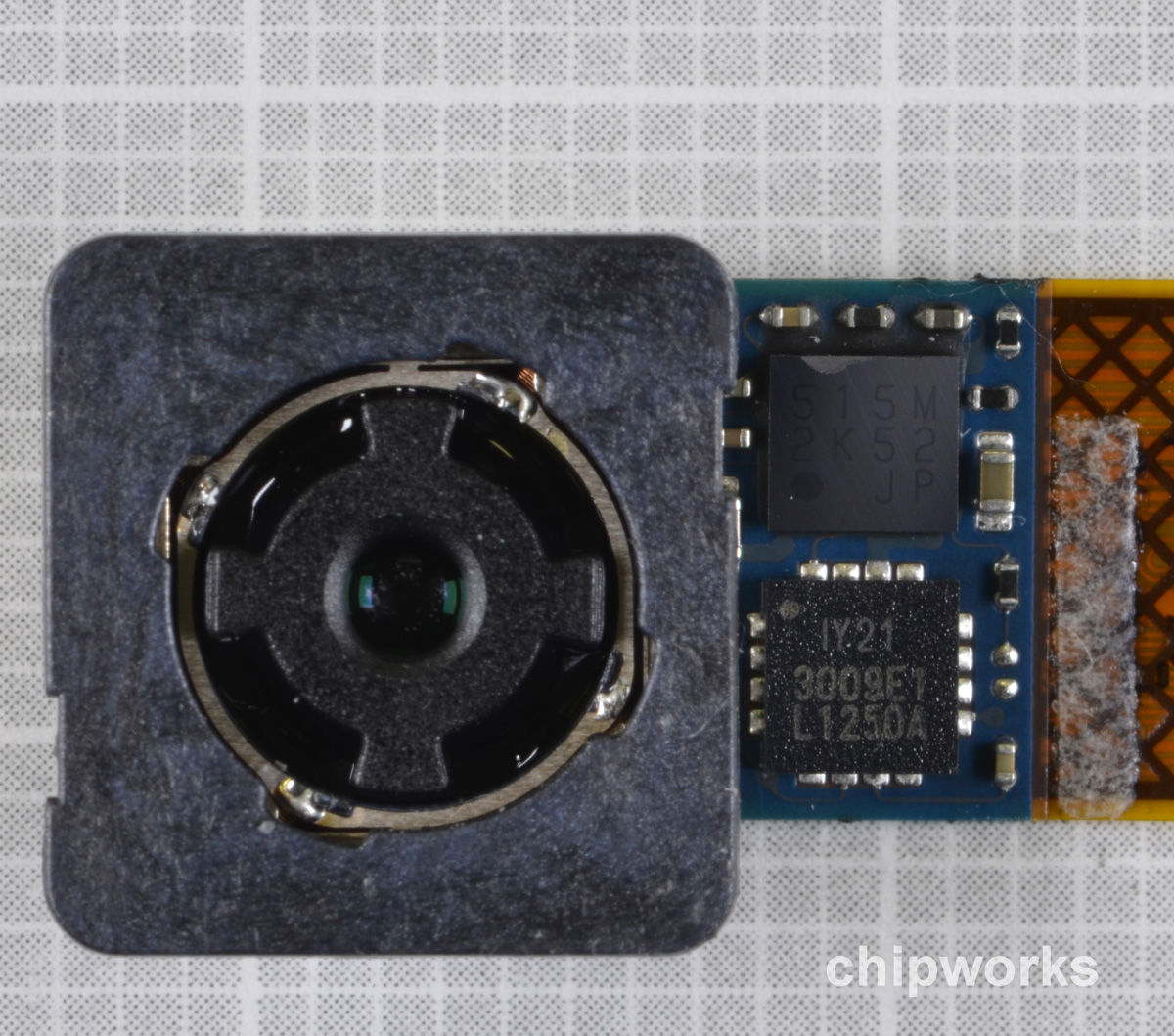
Camera
The Camera
The HTC One bucks the trend. Based on the 1/3" form factor of a camera module and today's state-of-the-art 1.1 µm pixels, all the latest competitive phones sport 13 Mp resolution. HTC has gone with a larger 2.0 µm pixel (confirmed) and a 4 MP sensor. They are pitching the low light sensitivity as a key feature. The device is a back-illuminated sensor fabricated by STMicroelectronics with die marks 58698A. This is the first BI sensor we have seen from ST.The camera uses the IDG-2021 gyroscope by Invensense for motion stabilization. It is a dual-axis gyro with high resolution ADCs designed specifically for optical image stabilization.The secondary sensor is a 2 Mp, 1.4 µm sensor by OmniVision with die marks OV2A9BA. It is a nice secondary sensor that we have seen before in other phones.
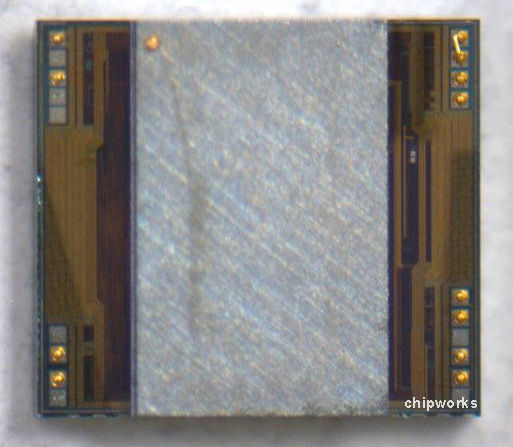
Gyroscope Package Top Removed
Other Devices Cataloged (partial list)
- NXP TFA9887 Audio Amplifier (great little device that allows the speakers to be over-driven - times 2.
- Maxim AKF DC-DC Converter
- Maxim MAXQ614V power device
- SiC Sil9344BO RF Transmitter
- AKM AK8963 Hall Effect Sensor (compass)
- Texas Instruments TPA2011D1 Power Amplifier
- Texas Instruments TPS61311 LED driver
- Bosch BMA220 Accelerometer
- STMicroelectronics H3G2 Gyroscope
Because we have had so many questions about it, we have added (on April 15) die marks of the STMicroelectronics MEMS die. We have seen this device in 10+ other phones and tablets to date and can say with a reasonably high degree of certainty that it is from the LIS33XXX family. However, without more analysis we can't be more specific.




